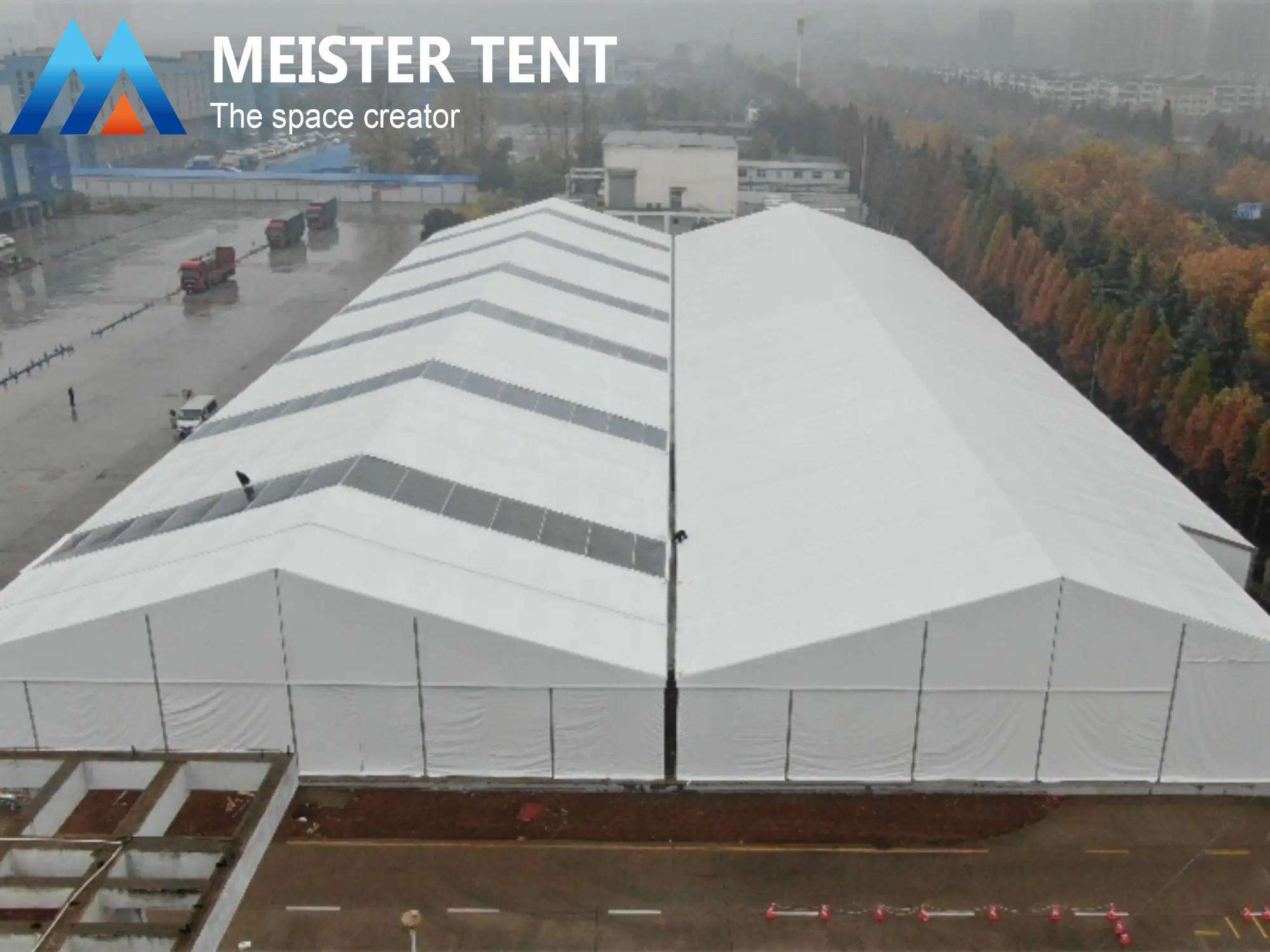Exploring The World Of Contemporary Warehousing For Children
Introduction Warehouses are a key element of the global economy, storing goods that have not yet been sold. With businesses ever expanding, and supply chains changing in the blink of an eye we can see a greater importance for more extended storage solutions as time progresses. This post explores the five factors that are transforming warehousing in 2020.
Accepting of New Storage Paradigms
As with other aspects of physical storage, warehousing practices are becoming modern -- changing from traditional to dynamic solutions that also complement your business strategy. Take Mobile Racking Systems, for instance: they increase storage capacity by 2-3 times. Vertical Lift Modules (VLMs): VLMs optimize vertical storage space as they allow workers to easily reach items. With the help of advanced inventory management software alongside these systems, an optimal operational environment is established improving order fulfilment.
Improving Efficiency Through Automation Technology
In modern warehouses, efficiency can best be summed up in one word: Automation. AS/RS (Automated Storage and Retrieval System) with robotic arms for unprecedented level of automation in storage/retrieval operations. They help prevent common picking errors, improve throughput and decrease labor costs so that these systems are best suited for higher volume operations where items have high turnover. AS/RS using AI and Machine Learning algorithms can predict the demand patterns in prior to increase flexibility of storage.
Scalable Solutions for Responding to Change
In a market as dynamic as today's, with the speed at which growth rates can change and demand variability exists, warehouses must be able to adapt quickly. Scalability: Modular racking solutions and adjustable pallet flow racks provide a scalable solution that can be easily adjusted as inventory levels fluctuate. Due to the modular design, which allows individuals systems or entire lines within a warehouse system network can be easily extended and expanded without affecting daily operations during peak business conditions ensuring no loss of service even as demand for additional orderlines change frequently in response to seasonal market demands.
Advocating Sustainability in Warehousing
In the era of modern business operations, sustainability is not a choice anymore but it has become an essential. Solar panels and LED lighting are also common warehouse sustainability solutions, environmentally friendly storage options can substantially reduce the carbon footprint of a warehouse. More generally, by creating storage systems and packaging from recycled materials you reduce waste; using a circular model of storage allows reused shareable goods in the supply chain. Furthermore, with features like rainwater harvesting systems supporting the green nature of warehouses by curtailing water consumption and dependence on municipal supplies.
Putting Safety and Security First
The safety and security of warehouses are essential as they contain assets which need to stay safely in place for the operations to continue. The advanced safety mechanisms, such as IP-based CCTV and biometric access controls provide the best safeguards against theft and vandalism. Making use of secure cloud storage for warehouse management information and running security audits on a regular basis can help reduce the risk of data breaches. Staff Should be Trained on CybersecurityProtocols for Stronger Digital DefensesTraining staff in cybersecurity practices can bolster digital security and help protect warehouses against such threats.
Taking on these cutting-edge changes will take warehouses operational efficacy, sustainability and security to the next level. Continuous investment in new technologies and safety protocols not only enhances the capabilities of storage, but it can also grow warehouse operations to keep them competitive over time.
 EN
EN
 AR
AR
 FR
FR
 DE
DE
 JA
JA
 KO
KO
 PT
PT
 RU
RU
 ES
ES
 TH
TH


